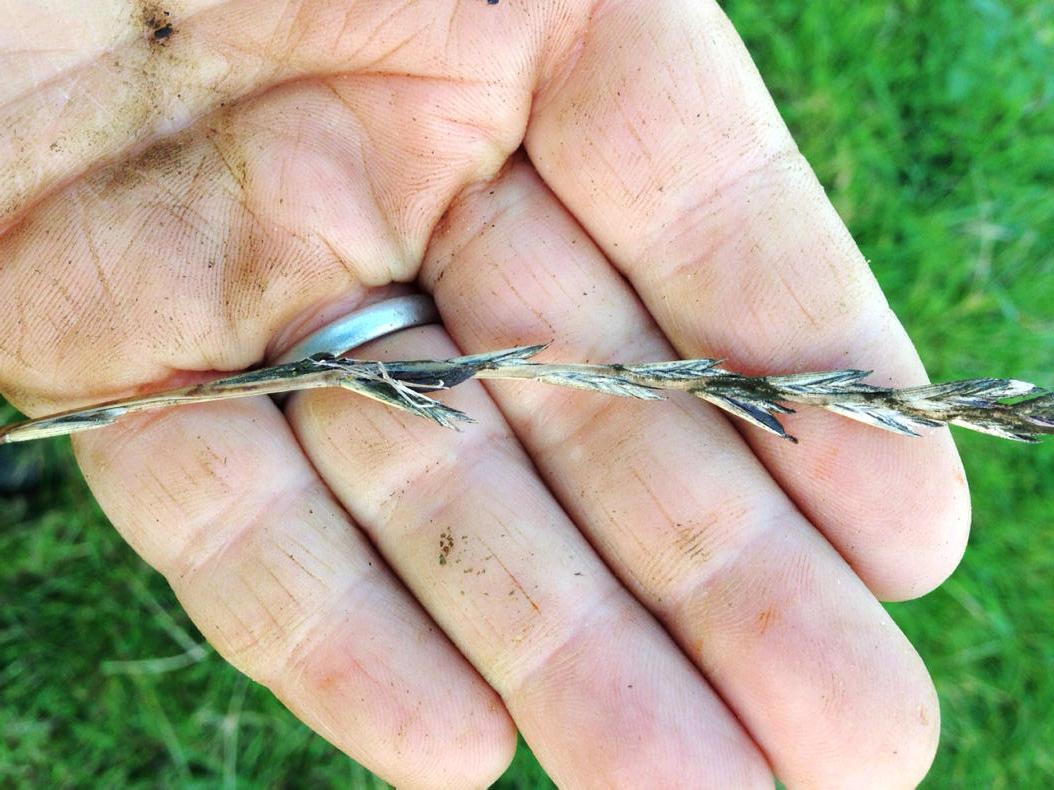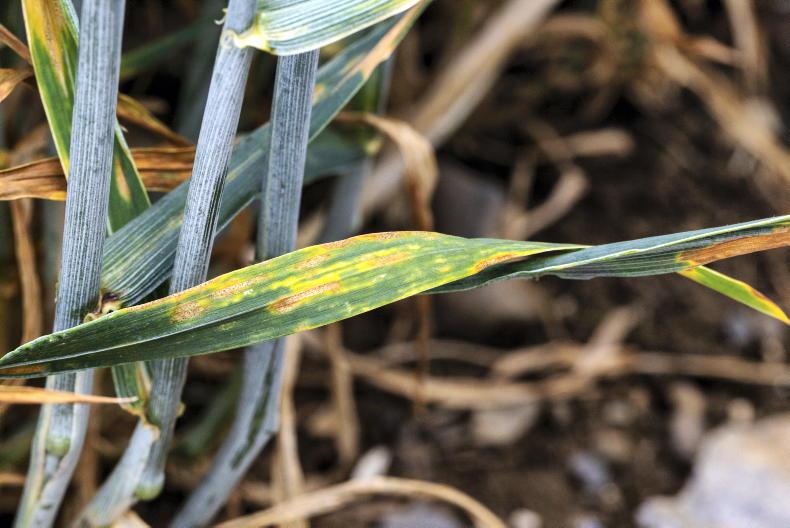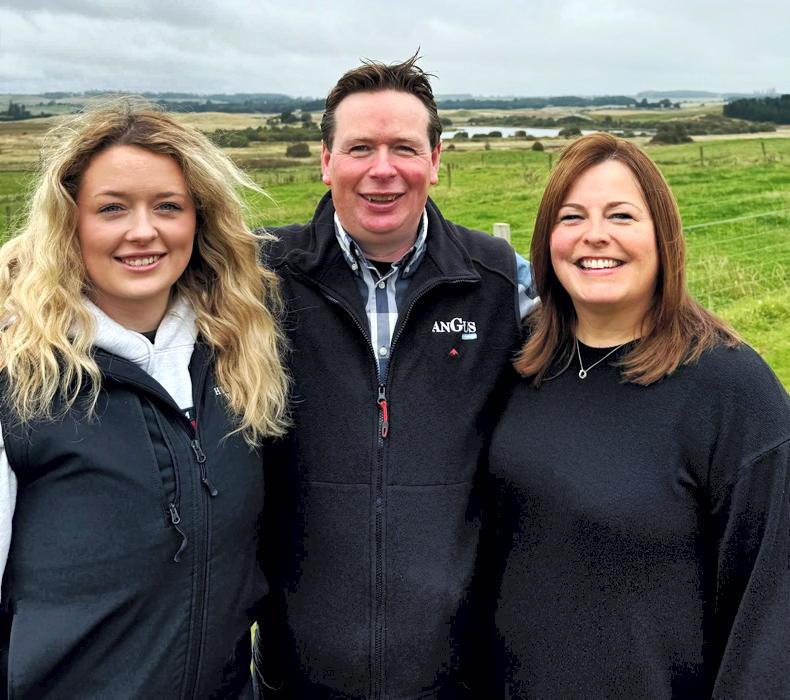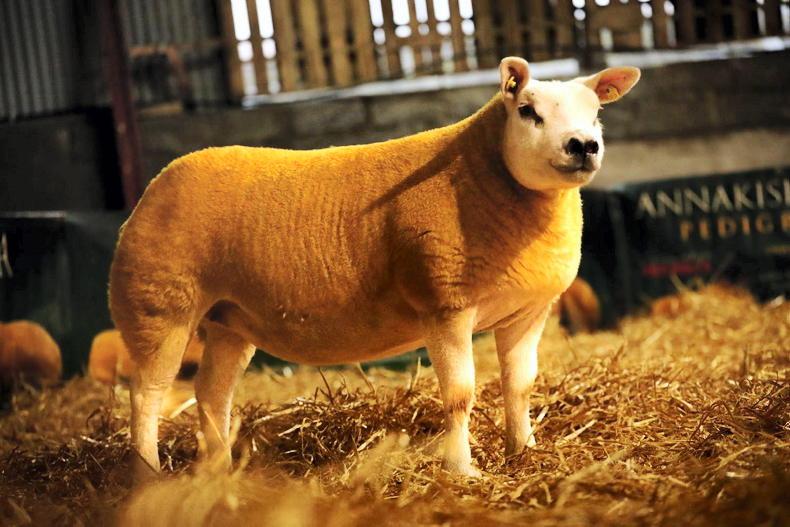Most tillage farmers have never seen ergot and let’s hope it stays that way. I can only remember one incidence of significant ergot contamination during my time in tillage and if memory serves me right there was some specific reason for it.
This piece is not written in the belief that this is suddenly going to become a problem in mainstream cereals, but it has always been regarded as a particular risk in rye and there is an increasing interest in that crop.
Unlike most other seed diseases, this one is not an actual infection of the seed – it is an infection with the seed.
The fungus Claviceps purpurea invades a grain site during flowering to produce a sclerotium instead of a grain. This sclerotium is its reproductive mechanism. It travels with the grains during harvest.
Sclerotia can vary massively in size so it is exceedingly difficult to remove them all from a sample.
The big concern is that sclerotia are highly toxic if consumed.
Many hosts
The disease has many hosts and it can affect wheat, barley, oats, rye, and triticale, plus a wide range of grasses. In general, we do not see it much because most of our cereals are self-pollinating, so the florets do not remain open long enough to be infected.
Species that depend on cross pollination (each flower is fertilised by pollen from a different flower or ear) or open flowering have their flowers open for much longer which enables infection. The disease is more likely in rye and blackgrass for this reason – another good reason not to have blackgrass in your crops.
Having seed that is contaminated with sclerotia will help cause reinfection of the sown crop during flowering
While ergot is not a true seed-borne disease, if a seed source had a lot of sclerotia present (from say blackgrass), this will increase the spore number and the potential infection pressure in the growing crop.
Having seed that is contaminated with sclerotia will help cause reinfection of the sown crop during flowering. The sclerotia in the ground germinate to release spores which can infect open grains.
But successful infection depends on sclerotia sporulation coinciding with crop flowering and this is highly influenced by weather conditions.
The sclerotia or ergots contain large amounts of highly toxic alkaloids which can kill animals.
Consequently, grain contaminated with ergot presents a real risk to animals and humans. For this reason, contaminated grain may be rejected in the market.
The disease is favoured by cool, damp conditions during flowering, and such conditions prolong the flowering period and the risk of infection. Similar conditions facilitate spore production and, together, these conditions make infection more likely.
There is no fungicide control for this disease, so control or prevention is largely down to husbandry.
Good ploughing can be useful to help reduce transfer where a problem occurs
Rotation is the main tool because the sclerotia, which can fall off prior to harvest, are said to decay over a 12-month period in the absence of a host crop. Always keep an eye on grasses growing in the hedges for the presence of ergot sclerotia during seed fill. Good ploughing can be useful to help reduce transfer where a problem occurs.
Risk factors
As stated previously, the risk of infection is higher during cool conditions which prolong flowering and the length of time that glumes remain open.
Open flowering crops and weeds are obviously at higher risk of infection. Damp conditions at flowering facilitate the germination of the sclerotia in the soil to release the spores which infect the flowers. Having sclerotia in planted seed adds to the risk of infection, as does frequent replanting from the same seed source.
Infection risk is considerably higher when growing a crop following a serious previous infection. Having grassweeds in and around the crop, especially blackgrass, also increases the infection risk. And thin crops with a lot of late tillers, which have prolonged flowering, increase the potential period for infection and have higher risk.
Control at flowering in hybrid rye
Rye is at higher risk of ergot infection because it is open flowering. So far, we have not seen any visible problem in the crop which now uses mainly hybrid varieties. A recent conversation with Tim O’Donovan of Seedtech informed me that KWS breeders use a patented technology called Pollen Plus to eliminate the risk of ergot infection in their hybrid rye varieties.
The “Pollen Plus” trait means the KWS hybrid rye varieties produce significantly more pollen than is required. This helps to ensure excellent pollination and fertilisation to give increased yield and the volume of pollen present helps to deny the ergot spores an opportunity to infect the developing grain sites.
As well having this technology, growers can further reduce the risk of ergot by having grass-weed free crops of rye and rotating the rye crop around the farm. For anyone with a particular interest in the crop, further information on Pollen Plus is available here.
Most tillage farmers have never seen ergot and let’s hope it stays that way. I can only remember one incidence of significant ergot contamination during my time in tillage and if memory serves me right there was some specific reason for it.
This piece is not written in the belief that this is suddenly going to become a problem in mainstream cereals, but it has always been regarded as a particular risk in rye and there is an increasing interest in that crop.
Unlike most other seed diseases, this one is not an actual infection of the seed – it is an infection with the seed.
The fungus Claviceps purpurea invades a grain site during flowering to produce a sclerotium instead of a grain. This sclerotium is its reproductive mechanism. It travels with the grains during harvest.
Sclerotia can vary massively in size so it is exceedingly difficult to remove them all from a sample.
The big concern is that sclerotia are highly toxic if consumed.
Many hosts
The disease has many hosts and it can affect wheat, barley, oats, rye, and triticale, plus a wide range of grasses. In general, we do not see it much because most of our cereals are self-pollinating, so the florets do not remain open long enough to be infected.
Species that depend on cross pollination (each flower is fertilised by pollen from a different flower or ear) or open flowering have their flowers open for much longer which enables infection. The disease is more likely in rye and blackgrass for this reason – another good reason not to have blackgrass in your crops.
Having seed that is contaminated with sclerotia will help cause reinfection of the sown crop during flowering
While ergot is not a true seed-borne disease, if a seed source had a lot of sclerotia present (from say blackgrass), this will increase the spore number and the potential infection pressure in the growing crop.
Having seed that is contaminated with sclerotia will help cause reinfection of the sown crop during flowering. The sclerotia in the ground germinate to release spores which can infect open grains.
But successful infection depends on sclerotia sporulation coinciding with crop flowering and this is highly influenced by weather conditions.
The sclerotia or ergots contain large amounts of highly toxic alkaloids which can kill animals.
Consequently, grain contaminated with ergot presents a real risk to animals and humans. For this reason, contaminated grain may be rejected in the market.
The disease is favoured by cool, damp conditions during flowering, and such conditions prolong the flowering period and the risk of infection. Similar conditions facilitate spore production and, together, these conditions make infection more likely.
There is no fungicide control for this disease, so control or prevention is largely down to husbandry.
Good ploughing can be useful to help reduce transfer where a problem occurs
Rotation is the main tool because the sclerotia, which can fall off prior to harvest, are said to decay over a 12-month period in the absence of a host crop. Always keep an eye on grasses growing in the hedges for the presence of ergot sclerotia during seed fill. Good ploughing can be useful to help reduce transfer where a problem occurs.
Risk factors
As stated previously, the risk of infection is higher during cool conditions which prolong flowering and the length of time that glumes remain open.
Open flowering crops and weeds are obviously at higher risk of infection. Damp conditions at flowering facilitate the germination of the sclerotia in the soil to release the spores which infect the flowers. Having sclerotia in planted seed adds to the risk of infection, as does frequent replanting from the same seed source.
Infection risk is considerably higher when growing a crop following a serious previous infection. Having grassweeds in and around the crop, especially blackgrass, also increases the infection risk. And thin crops with a lot of late tillers, which have prolonged flowering, increase the potential period for infection and have higher risk.
Control at flowering in hybrid rye
Rye is at higher risk of ergot infection because it is open flowering. So far, we have not seen any visible problem in the crop which now uses mainly hybrid varieties. A recent conversation with Tim O’Donovan of Seedtech informed me that KWS breeders use a patented technology called Pollen Plus to eliminate the risk of ergot infection in their hybrid rye varieties.
The “Pollen Plus” trait means the KWS hybrid rye varieties produce significantly more pollen than is required. This helps to ensure excellent pollination and fertilisation to give increased yield and the volume of pollen present helps to deny the ergot spores an opportunity to infect the developing grain sites.
As well having this technology, growers can further reduce the risk of ergot by having grass-weed free crops of rye and rotating the rye crop around the farm. For anyone with a particular interest in the crop, further information on Pollen Plus is available here.










SHARING OPTIONS